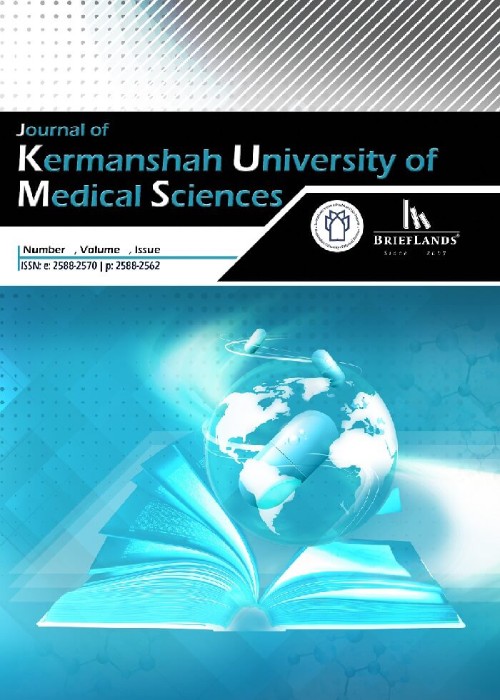Evaluation of Waterborne Norovirus Gastroenteritis Epidemic in Eslamabad-e Gharb in Kermanshah, Iran (2016)
Waterborne and foodborne diseases are considered to be major public health issues, which are associated with significant mortality each year worldwide. Viruses and most noroviruses (NoVs) are important causes of gastrointestinal infections.
The present study aimed to evaluate the gastroenteritis outbreak in Eslamabad-e Gharb in Kermanshah, Iran for the epidemiological, clinical, and laboratory assessment of the disease.
This descriptive, cross-sectional study was conducted with an emphasis on the outbreak of waterborne gastroenteritis in Eslamabad-e Gharb in Kermanshah province in 2016. The sample population included 3,362 patients referring to the public and private centers, who completed the linear list. In addition, 87 water microbial samples, 205 chlorine assessment samples, and 293 human samples were examined. Data were collected using the linear list of the patients, and data analysis was performed in Excel and SPSS version 21 using chi-square.
Among 3,362 patients, 57.1% were female, and 42.9% were male. Most of the patients (21.1%) were aged 20 - 29 years, with the mean age of 26.8%. In total, 73.4% of the patients had diarrhea, while 3.2%, 73%, 50%, 48.8%, 29.1%, and 30.6% had bloody diarrhea, vomiting, nausea, abdominal cramps, fever, and headaches, respectively. None of the microbial water samples (n = 87) collected from the rural and urban regions of the city were infected with thermotolerant coliforms. Moreover, the chlorine assessment demonstrated that 7.8% of the samples were unfavorable and above the limited range. In total, 10 blood and 10 fecal samples were evaluated in Alebouyeh Laboratory. Furthermore, six out of 10 fecal samples had non-pathogenic E. coli, while three samples were positive for the NoV molecular test of real-time polymerase chain reaction.
According to the results, NoV was the main cause of the disease outbreak in the studied region, and the clinical and epidemiological characteristics of the sample population, season, and environment were consistent with the diagnosis. Some of the factors that should be considered in the prevention and control of similar outbreaks include the development of a comprehensive and practical crisis management model in the epidemics, conservation of drinking water supplies and pipelines, and highlighting the importance of health education.
- حق عضویت دریافتی صرف حمایت از نشریات عضو و نگهداری، تکمیل و توسعه مگیران میشود.
- پرداخت حق اشتراک و دانلود مقالات اجازه بازنشر آن در سایر رسانههای چاپی و دیجیتال را به کاربر نمیدهد.


